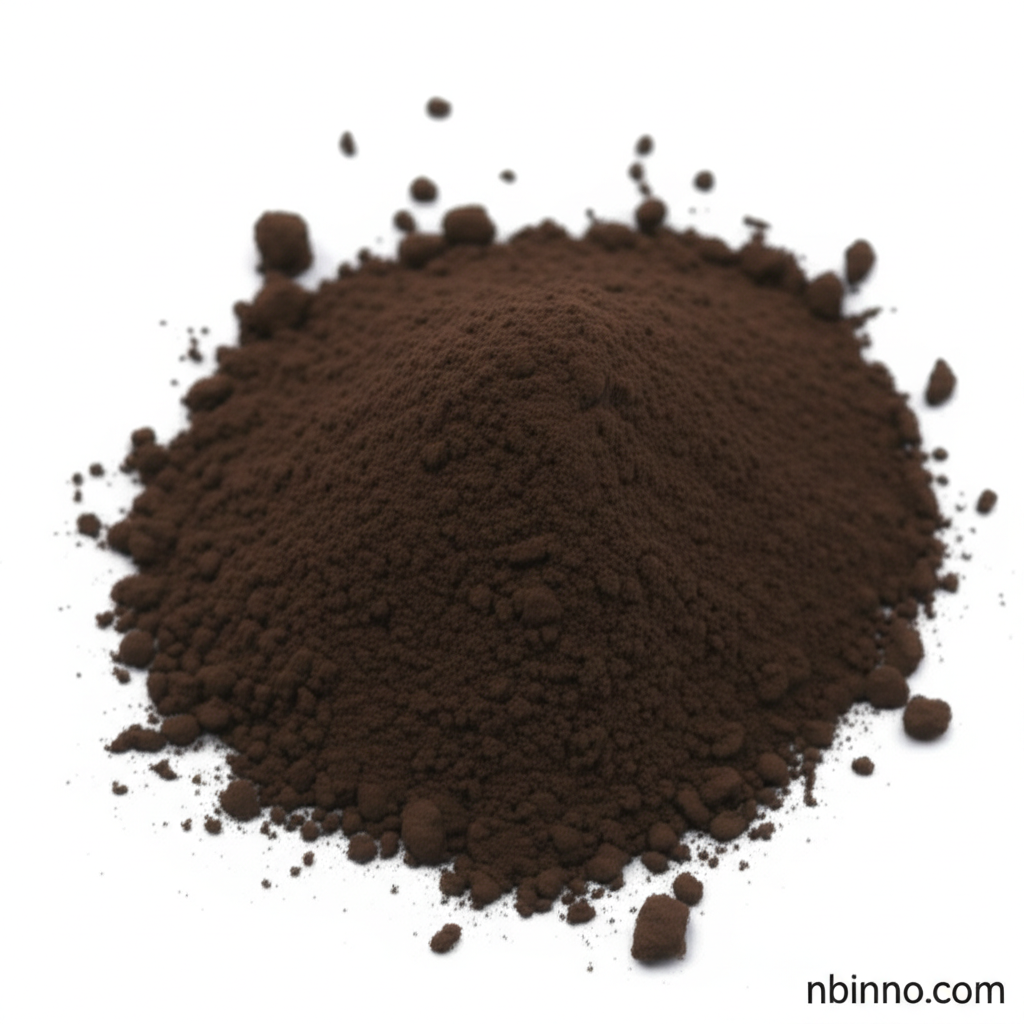Manganese Dioxide Powder: The Versatile Industrial Compound
Discover the diverse applications of MnO2 as a critical component in ceramics, glass, batteries, and chemical processes.
Get a Quote & SampleProduct Core Value

Manganese Dioxide Powder
Manganese dioxide (MnO2) is a crucial inorganic compound known for its wide-ranging industrial utility. Primarily recognized for its role as a powerful oxidant and catalyst, it is indispensable in various chemical reactions and manufacturing processes. Its ability to impart specific colors makes it a valuable pigment in the ceramics and glass industries, while its electrochemical properties are fundamental to battery technology.
- Explore the uses of manganese dioxide in glass manufacturing, where it counteracts iron impurities to achieve clear glass or creates unique color effects.
- Understand the catalytic properties of manganese dioxide, essential for accelerating reactions like the decomposition of hydrogen peroxide and supporting industrial synthesis.
- Learn about manganese dioxide pigment applications, providing vibrant and stable colors for ceramic glazes and bodies, contributing to the aesthetic appeal of finished products.
- Discover why manganese dioxide for battery cathode is vital, serving as a depolarizer in dry-cell batteries to ensure reliable power for electronic devices.
Key Advantages
Chemical Versatility
As a potent oxidant, MnO2 facilitates numerous chemical transformations, essential for synthesis and industrial processes. Its catalytic properties are particularly noteworthy in reactions like hydrogen peroxide decomposition.
Coloring Agent
In the ceramics and glass sectors, manganese dioxide powder serves as a reliable pigment, enabling the creation of a spectrum of colors from deep browns to blacks and even purples.
Energy Storage Component
The application of high purity manganese dioxide in batteries is critical for energy storage solutions, enhancing performance and longevity in common dry-cell types.
Key Applications
Battery Manufacturing
Essential as a cathode material in dry-cell batteries, playing a key role in the electrochemical process that generates power.
Ceramics and Glass
Used as an inorganic pigment to color glazes, bodies, and glass, providing desired brown, black, or purple hues.
Chemical Industry
Serves as a catalyst and oxidant in various chemical reactions, aiding in synthesis and purification processes.
Pigment Production
Its stable dark color makes it a reliable pigment for paints, inks, and dyes requiring excellent lightfastness.
